Homalomena Rubescene Maggy- Big Plant
Original price was: ₹1,650.00.₹850.00Current price is: ₹850.00.
9 in stock
Selling size: Well rooted plant | Pot Included
HOMALOMENA MAGGY CARE INSTRUCTIONS
HOMALOMENA RUBESCENS ‘MAGGY’
Scientific name: Homalomena rubescens ‘maggy’
Synonyms: Homalomena maggy, maggie, shield plant, queen of hearts
Homalomena rubescens ‘maggy’ is native of Assam or Bangladesh, Southern Asia. It enjoys the damp, humid environment of the rainforest floor, receiving soft dappled light through the canopy.
Part of the ever popular aroid family, Homalomenas are the lesser known relative of philodendrons, so make for an unusual, eye-catching houseplant.
NOTE: These plants are considered poisonous and should be kept away from pets and children.

COMMON SYMPTOMS
- Spots/patches on leaves: There are potentially a few reasons here; if the spots are brown and soft the likely cause is over-watering. Lighter coloured patches can signal shock from cold water; room temperature water is always best.
- Brown edges on foliage: This could be down to a number of reasons. The most common issue is dry air; if your plant is near a heat source, air conditioner or draught.
- Brown edges can also be a result of bruising – if your houseplant is in a location where people brush past, or if it is against a wall/window. Inconsistent watering could be another potential cause.
- Long ‘stretched’ stems/small leaves: This is called etiolation and means that Maggy isn’t getting the correct amount of light; stems will be especially ‘stretched’ and growth can look sparse and spindly. Rotate this houseplant regularly to ensure balanced growth.
- Browning leaf tips / ‘crying’ leaves: Browning on the foliage tips can often be a result of overwatering. Homelomena ‘Maggy’ will ‘perspire’ an excess of water via a process of guttation, creating droplets of water that appear to be expelled from the end of the leaves.
- Yellowing leaves: A natural part of the Homelomena life cycle, older leaves will yellow and drop. If multiple leaves drop suddenly, it might be due to cold draughts or prolonged overwatering; let this plant dry out sufficiently between watering.
- Pests: Incorrect care and lack of humidity are the main reasons pests may appear, particularly mealy bugs and red spider mite in warm dry conditions. Keeping humidity high is the main method of prevention. If pests are present, the plant can be treated with a shower and soapy water or neem oil, focusing particularly on the underside of the foliage. Repeat weekly and keep plant in isolation until completely pest-free.
CARE INSTRUCTIONS
- Origin: Native of Assam/ Bangladesh, Southern Asia and Southwest Pacific, in the damp humid environment of the rainforest floor.
- Height: 1.3 metres height / 1 metre spread.
- Light: Thrives in medium indirect filtered light, can tolerate lower light but growth will
slow. Too much sun will scorch the foliage. - Water: Keep soil moist using water at room temperature, but do not allow the plant to
sit in water. Aerate the soil before watering. In cooler temperatures reduce watering. - Humidity: Moderate-high humidity, Maggy does well in normal household conditions,
but keep away from heaters and cold draughts.
Temperature: Homalomena will thrive in temperatures of 16-32°C and is pretty
resilient to lower temperatures too. - Soil: A free-draining organic potting mix which allows breathability for the roots.
- Fertilizer: This houseplant likes regular fertilising; twice a month during the growing
season (Spring and Summer). Use a balanced fertiliser and be sure to dilute correctly
as over-feeding can cause some damage to the plant. If the potting medium is
particularly dry, water lightly before feeding to avoid fertiliser burning the roots. - Repotting: These plants grow best when slightly root-bound, so don’t need to be
repotted regularly. The ideal time to re-pot is early Spring when the plant has actively
started growing after its winter rest. Roots ‘circling’ around the bottom of the nursery
pot is an indication that repotting is needed. Increase pot size by just a few
centimetres, no drastic jumps. - Pruning: It is sometimes necessary to prune Homalomena plants; using a sterile
blade, cut the stem approximately 5cm above soil level, do not tear the stem. If
possible, wait for old leaves to dry out before removing to allow the process of nutrient
transfer back to the main plant to be conducted. - Propagation: Homalomena is best propagated by division during active growth, so
separate crowded plants into smaller pots in early Spring..
Only logged in customers who have purchased this product may leave a review.

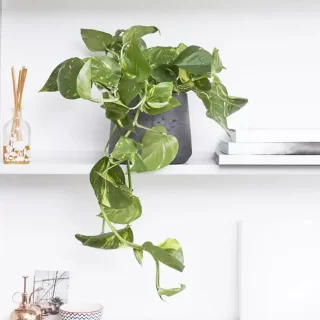



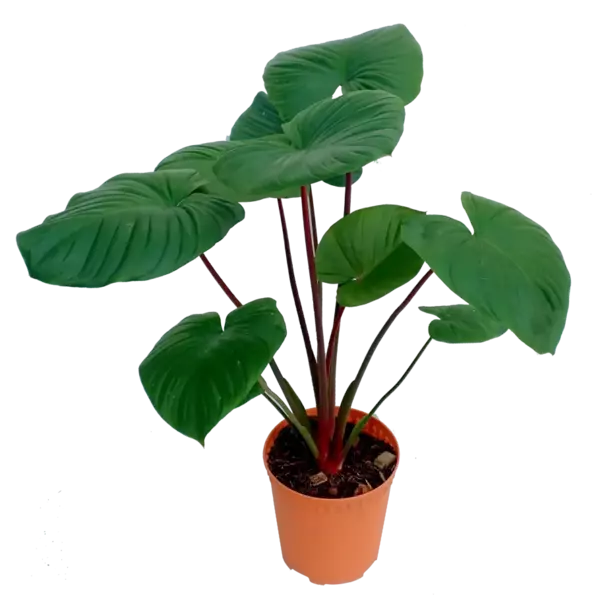
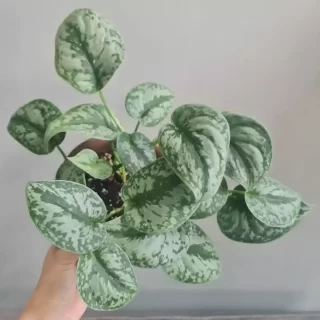
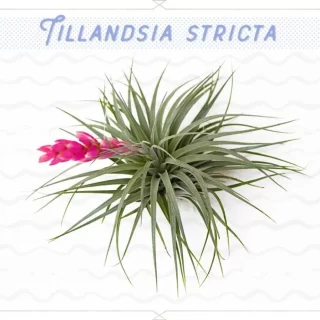
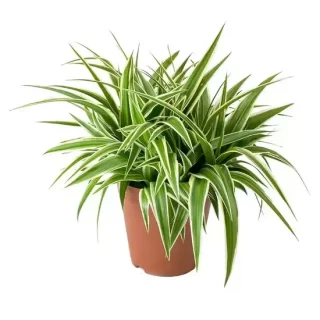
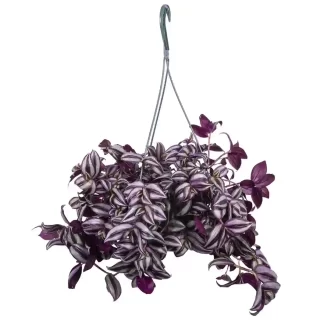
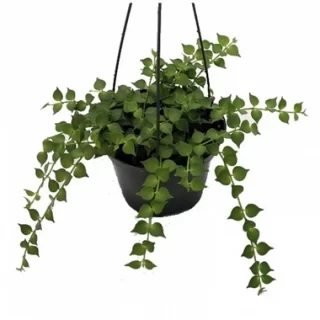

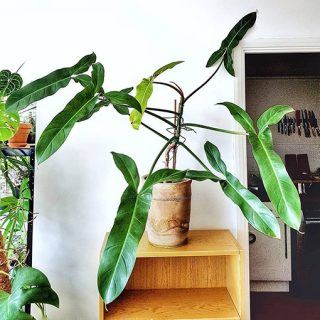
 If you need any assistance, I'm always here. Have you found what you were looking for?
If you need any assistance, I'm always here. Have you found what you were looking for?
Reviews
There are no reviews yet.